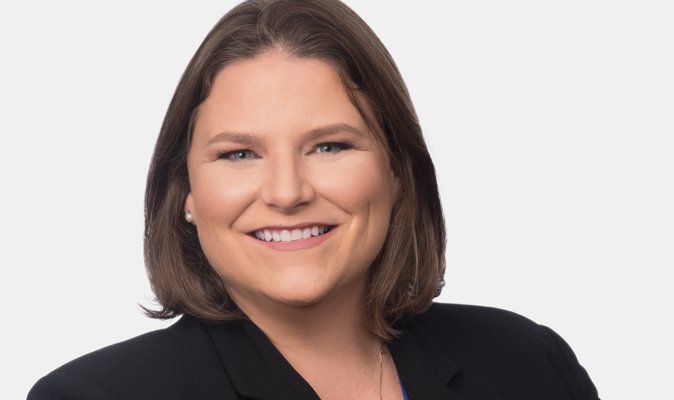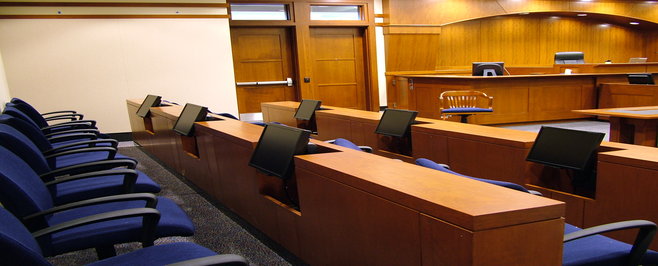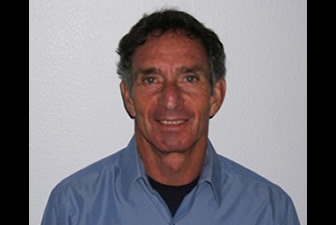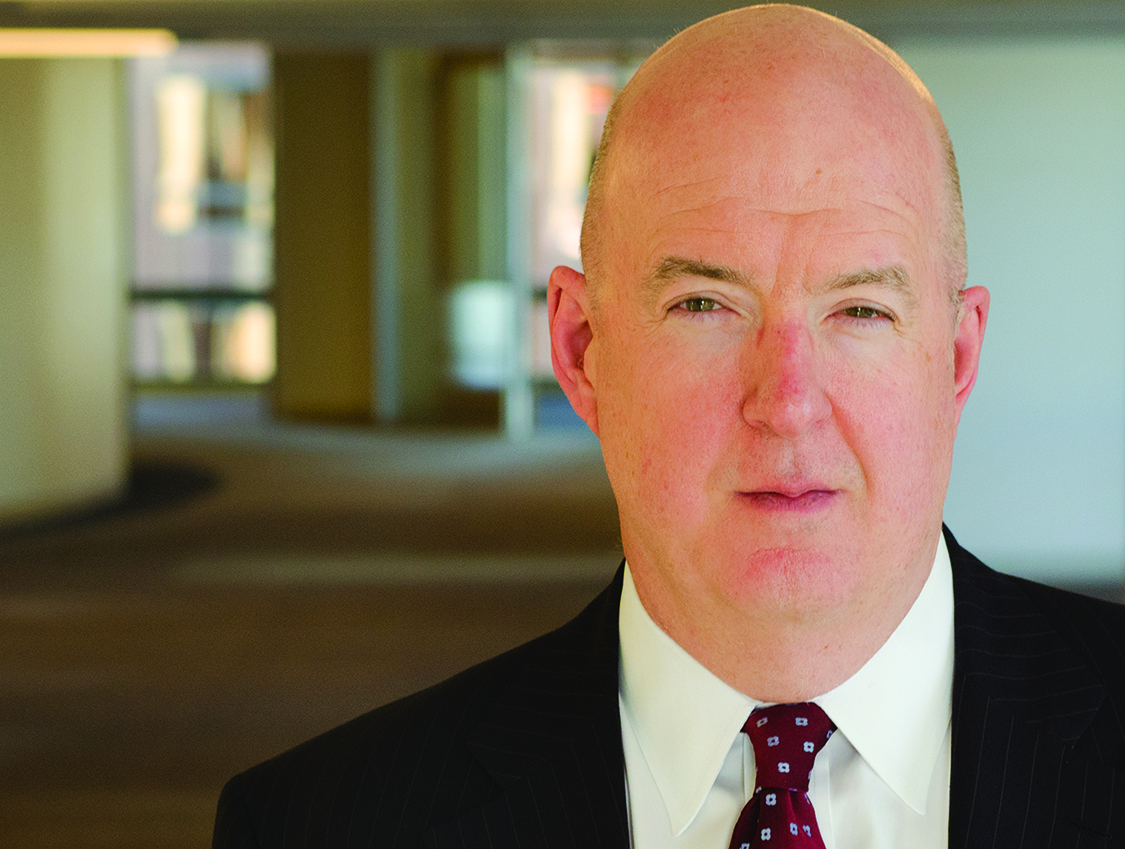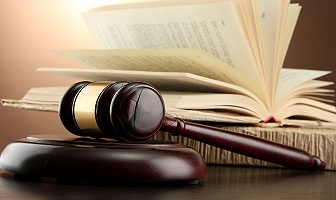Kristen Fiore is our Latest Featured Speaker!
Our latest featured speaker is Kristen Fiore from Akerman!
Kristen will be speaking at our upcoming Preserving the Trial Record for Appeal in Florida Civil Cases Webinar on August 1 & 3, 2023. Most recently, she spoke at our Advanced Appellate Practice (FL) Program, where she was an attendee favorite.
It’s so good to have you back with us, Kristen!
Kristen is a partner at Akerman. She is a seasoned, board certified appellate attorney, who has handled hundreds of complex commercial appeals and orally argued dozens of those cases, including appeals in all five Florida District Courts of Appeal, the Florida Supreme Court, and the United States Court of Appeals for the Second, Fifth, Seventh, Ninth, and Eleventh Circuits. Her extensive experience encompasses civil and administrative cases touching on a wide range of law, including: constitutional issues, discovery, class actions, damages, bankruptcy, malpractice, probate, American Indian, taxation, and family law. Significant areas of focus in her appellate work include financial, insurance, and labor & employment disputes.
Kristen currently serves on the Florida Appellate Court Rules Committee and is a frequent speaker on appellate topics, most recently presenting on the Jurisdiction of the Florida Supreme Court for the Appellate Practice Section’s Practice Before the Florida Supreme Court CLE Seminar.
Recognized by Florida Trend, Benchmark Litigation, and Super Lawyers, Kristen brings a wealth of knowledge to her appellate practice from having served as a staff attorney for judges on both the Florida Supreme Court (Justice Barbara Pariente) and Florida’s Fourth District Court of Appeal (Judge Fred Hazouri), where she participated in countless appeals — which provides her with invaluable insight in framing compelling arguments during both the trial and appellate stages of litigation.
Thank you for joining us again, Kristen!

